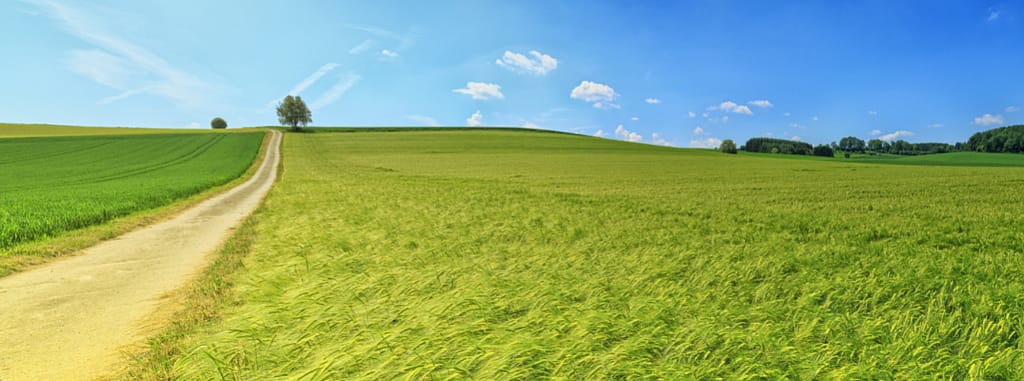Food insecurity, malnutrition and hunger remain serious threats especially in developing nations. As many as 850 million people are food insecure and 70% of people living on less than a dollar a day in sub-Saharan Africa are in the rural areas. The agriculture sector will play important roles in solving these challenges through increased food production. But there are gender inequalities that limit the participation and productivity of
women in agriculture. With continued inequality, there may be shortcomings in achieving food security, prosperity and related developmental aspirations.

Inequalities faced by women in agriculture
Different kinds of inequalities exist when comparing the experiences of women and men in the food and agriculture industry. Currently, women own and access less land, farm implements, skills, finance, technology etc. than men which creates 30% productivity deficit for women. In sub-Saharan Africa, more women are food insecure than men despite being more involved in smallholder farming. Fewer women own full rights to land (and in fact less lands in terms of size), preventing them from making long term plans that could boost their productivity.
Female headed household are more likely to be poor especially those without an adult male because of the inequalities that put them at great disadvantages. Such households are found to use less fertilizers and farm equipment increasing their risks of poverty, malnutrition and food insecurity. Despite the vital role that women play in maintaining household food and nutrition security, they own limited livestock that could help them build resilience against shocks and reduce poverty risks. Women in agriculture have for long been subjects of conscious or unconscious discrimination.

Progress in achieving gender equality in agriculture
The Food and Agriculture Organisation of the United Nations and the African Union Commission understand these challenges and so have prepared a regional outlook on gender and agri-food systems that documents them. This outlook has been summarized in an information brief which captures all the challenges women face and the opportunities for quick wins for agriculture and food security.
The brief argues that by closing the productivity gap between men and women in agriculture, we can increase production and consumption by up to 10% and reduce poverty by up to 13%. Providing women the same access as men in the agriculture sector opens up opportunities to fight hunger, food insecurity and malnutrition. By making improvements to women’s rights to own land, access to financial opportunities and providing a space for them at the decision table, it is easier and faster to end hunger, poverty and malnutrition. The African Union through its Malabo Declaration has already committed to achieving 30% documented women land owners and 50% finance to women in agriculture.
Other efforts by countries to close gender gaps include adopting and implementing gender sensitive budgeting, increased women access to and ownership of lands, gender sensitive monitoring and evaluation, specific programmes for women empowerment, increased financial access to women, gender sensitive value chain programmes etc. Through these efforts, women participation in decision making has increased from 17 to 30% and we can still do more.
Conclusion
There isn’t any doubt about the enormous wins that gender equality can bring to the agriculture sector. Women will continue to be important and productive contributors in food production and processing and maintaining household food security. Even with the current inequalities which no doubt limits their productive potentials, they still serve as illustrious pillars that hold the sector in one shape. How much more when there are no limiting factors to their potential?
While subsequent investments and actions in agriculture should necessarily focus on women, such actions should not be at the detriment of the other gender. Whether women or men, everyone has a role to play and should be given full opportunities to achieve this. We are now at the crossroads: we have the opportunity to finally understand that gender means men and women or we could continue to make the same mistake that brought us here in the first place.

